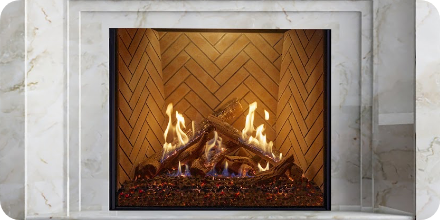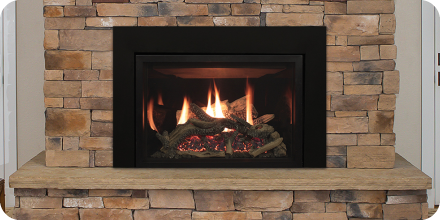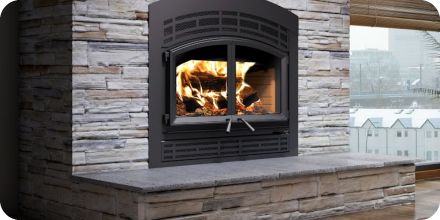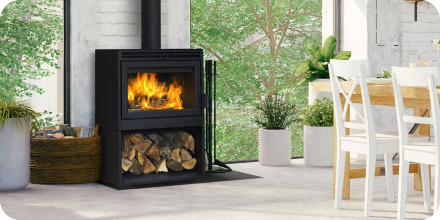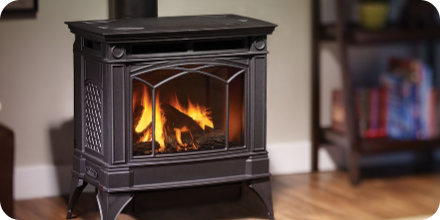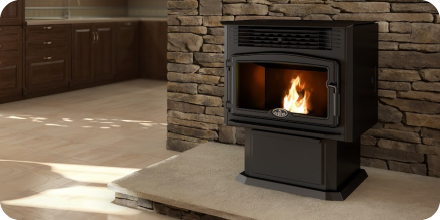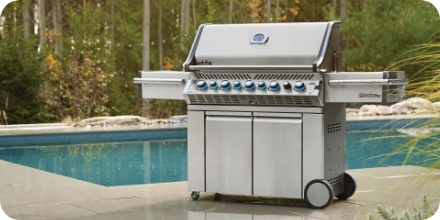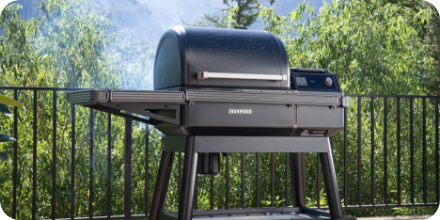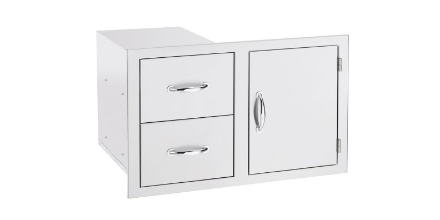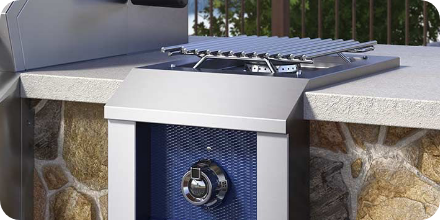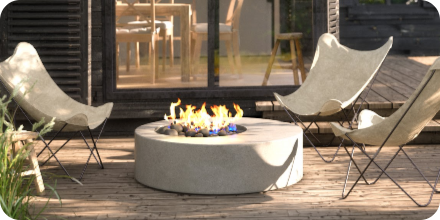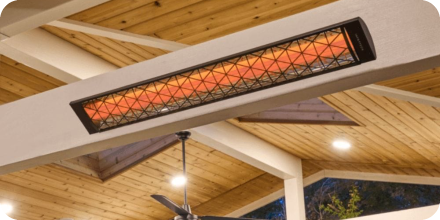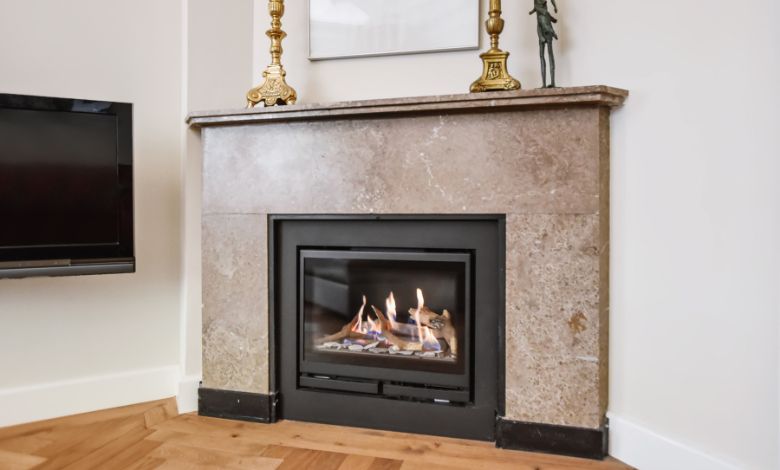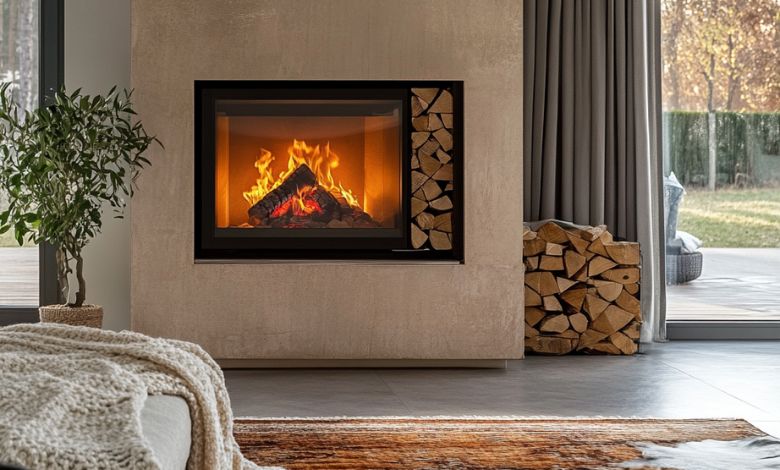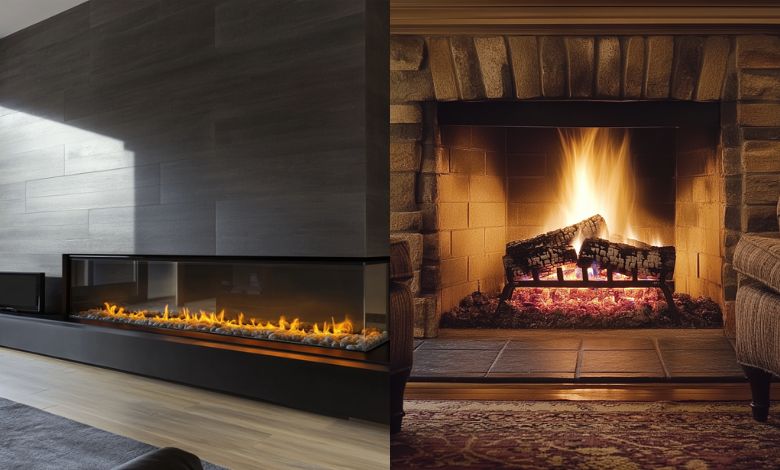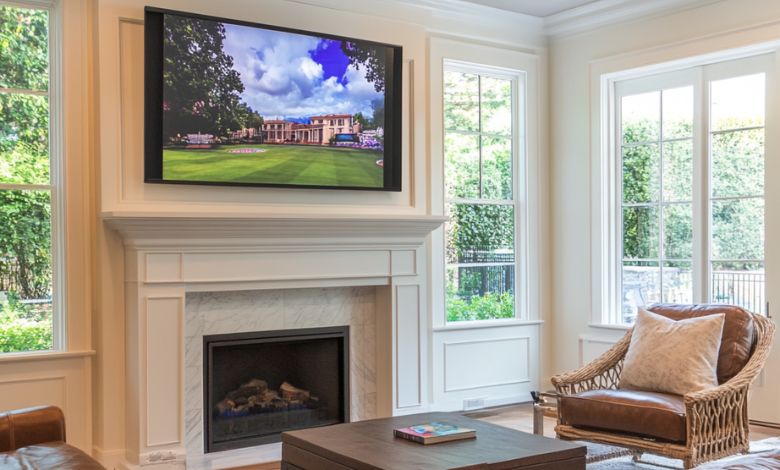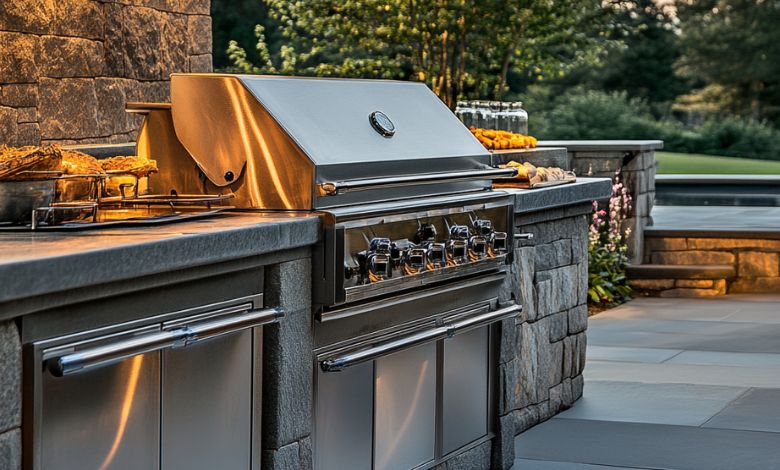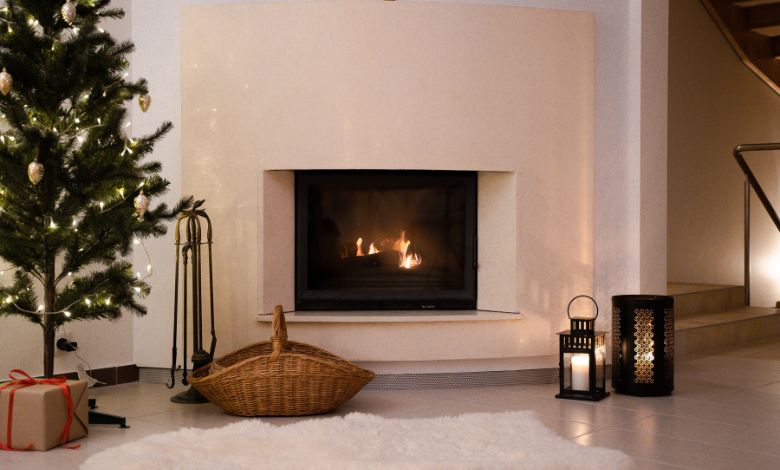Do Electric Fireplaces Give Off Heat
Posted by Anna William on Apr 23rd 2025
Electric fireplaces are becoming increasingly popular as a more fashionable, convenient, and energy-saving option than traditional wood or gas fireplaces. Whether you're looking to enhance your home’s ambiance, add supplemental heating, or eliminate the hassle of maintaining a conventional fireplace, an electric fireplace might be the perfect solution. Many homeowners frequently wonder, Do electric fireplaces produce heat?
If you’ve ever wondered whether an electric fireplace that heats is a worthwhile investment for your home, this in-depth guide will answer all your questions. We’ll explore how they work, their heating capabilities, energy efficiency, and how they compare to traditional fireplaces. Let’s dive in!
How Do Electric Fireplaces Work?
Electric fireplaces use LED lights and rotating mirrors to mimic the appearance of real flames while incorporating a built-in heater to provide warmth. Unlike wood or gas fireplaces, which rely on combustion, electric fireplaces use electricity to generate heat and distribute it through a fan-forced system or infrared technology.
So, the simple answer to does an electric fireplace give off heat? is yes! However, the heat output depends on the type of electric fireplace you choose. Let’s explore the different heating mechanisms below.
Types of Heating Technology in Electric Fireplaces
1. Fan-Forced Electric Fireplaces
One of the most common heating methods in electric fireplaces is the fan-forced system. These units feature a metallic coil that warms up as electrical current flows through it. Subsequently, a fan circulates the heated air across the space, ensuring a cozy and even distribution of warmth.
- Best for small to medium-sized rooms
- Provides steady, consistent warmth
- Heats up quickly
2. Infrared Quartz Electric Fireplaces
Infrared fireplaces use quartz heating elements to emit infrared rays, which warm objects directly rather than heating the air. This technology creates a more natural and efficient heat source, similar to the sun’s warmth.
- Best for larger rooms
- Heats up instantly
- Does not dry out the air
Regardless of the heating method, an electric fireplace that heats is a great option for adding warmth to your space.
How Much Heat Do Electric Fireplaces Produce?
A common misconception is that electric fireplaces don’t produce enough heat to make a difference. But the truth is, they are quite effective as supplemental heat sources.
- Typically, conventional electric fireplaces generate between 4,000 and 5,000 BTUs of heat, sufficient to comfortably heat an area of up to 400 square feet.
- High-end models with infrared technology can generate up to 10,000 BTUs, covering areas up to 1,000 square feet.
So, if you’re still asking, does an electric fireplace produce heat? the answer is a definite yes! The amount of warmth depends on the model you choose and the size of the room you’re trying to heat.
Are Electric Fireplaces Energy-Efficient?
Electric fireplaces offer a remarkable improvement in energy efficiency over their traditional wood-burning counterparts. Traditional fireplaces often lose a substantial amount of heat through the chimney, but electric models are designed to convert almost all of their energy directly into heat, minimizing waste.
Here’s how they save energy:
- No heat loss through vents or chimneys
- Ability to heat specific rooms instead of the whole house
- Operate at a fraction of the cost of gas fireplaces
If you’re looking for an electric fireplace heat source that won’t drive up your energy bills, these units are a smart choice.
Benefits of Using an Electric Fireplace for Heating
1. Safety First
Traditional fireplaces present several safety concerns, such as the dangers of open flames, the potential for carbon monoxide buildup, and the risk of accidental fires. Electric fireplaces eliminate these concerns by providing heat without combustion.
2. Easy Installation
Unlike gas or wood fireplaces that require professional installation and ventilation systems, electric fireplaces are plug-and-play. You can easily install one in any room without major renovations.
3. Low Maintenance
No ash, soot, or chimney cleaning is needed. Electric fireplaces offer a low-maintenance heating option, providing effortless warmth and convenience.
4. Customizable Heat Settings
Several models feature customizable temperature settings, including remote controls, and are compatible with smart home systems, enabling you to adjust the heat output according to your preferences.
Do Electric Fireplaces Really Heat a Room?
Many people wonder if an electric fireplace produces heat or if it is just for decorative purposes. The answer is yes, electric fireplaces do produce heat, and they can effectively warm a room. However, their heating efficiency depends on factors such as room size, insulation, and fireplace wattage.
Electric fireplaces utilize infrared or fan-forced heating technology to distribute warmth throughout the space. Although they don't deliver the robust heat of a wood-burning fireplace, they serve as an outstanding additional source of warmth.
Do All Electric Fireplaces Give Off Heat?
Many people assume that all electric fireplaces have a heating function. However, certain models are solely for aesthetic purposes and lack heating capabilities. When selecting an electric fireplace, it's important to verify if a heating element is included.
For those specifically looking for warmth, it is advisable to choose an electric fireplace that heats. These units feature variable temperature controls, enabling users to tailor the heat according to their preferences. This adaptability ensures they are appropriate for use throughout all seasons, as they function effectively both with and without heat.
How Do Electric Fireplaces Produce Heat?
Knowing the mechanism behind heat generation in an electric fireplace can guide you to make a well-informed choice when buying one. Most electric fireplaces use one of the following heating methods:
- Infrared Heating: This technology uses infrared light to produce direct, radiant heat. It directly warms objects and individuals in its vicinity instead of heating the air around them, offering a more efficient and cozy heating option.
- Fan-Forced Heating: In this system, an internal heating element is used to generate warmth, which is then distributed evenly throughout the space with the help of a built-in fan. This method ensures efficient heat circulation, providing consistent and rapid warming. This type of electric fireplace heat is ideal for small to medium-sized rooms and provides a gentle, even warmth.
- Ceramic Heating: Some advanced models use ceramic heating elements to provide more consistent and energy-efficient warmth. These fireplaces are designed for superior heat retention, ensuring a consistent and long-lasting warmth throughout your space.
How Much Heat Does an Electric Fireplace Give Off?
The heat output of an electric fireplace depends on its wattage and the type of heating technology it utilizes. Most electric fireplaces operate at either 750 watts or 1,500 watts, producing an average heat output of 4,000 to 5,000 BTUs (British Thermal Units). This level of heat can comfortably warm a space of up to 400 square feet, making them suitable for bedrooms, living rooms, and offices.
For those needing additional warmth, some high-end models can provide up to 10,000 BTUs, which can heat larger areas. However, electric fireplaces are best suited as a supplemental heat source rather than the primary means of warming an entire home, especially in regions with harsh winters.
Heating Your Home with an Electric Fireplace
An electric fireplace that heats is an excellent addition to any home, offering warmth, ambiance, and efficiency. Here are some tips to maximize its heating potential:
- Choose the Right Location: Position the fireplace in a central area where the heat can be evenly distributed.
- Use Supplemental Heating: If your home has poor insulation, consider pairing the electric fireplace with additional heating solutions such as space heaters or central heating.
- Adjust the Thermostat: Many electric fireplaces come with adjustable temperature settings. Optimize these settings to balance comfort and energy efficiency.
- Ensure Proper Insulation: Well-insulated rooms retain heat better, enhancing the efficiency of your electric fireplace.
Choosing the Right Electric Fireplace for Your Home
If you’re sold on getting an electric fireplace that heats, here are some tips to help you pick the best one for your space:
1. Consider Your Room Size
- Small rooms (up to 400 sq. ft.) – A standard fan-forced heater will work well.
- Medium rooms (400-700 sq. ft.) – Look for higher BTU models.
- Large rooms (700+ sq. ft.) – Consider infrared quartz fireplaces.
2. Look for Adjustable Heat Settings
Adjustable heat settings let you tailor the temperature to match your personal comfort and preference.
3. Choose the Right Design
Electric fireplaces come in various styles, including:
- Wall-mounted – Modern and space-saving
- Freestanding – Portable and easy to move
- Insert fireplaces – Designed to fit inside an existing fireplace opening
4. Check the Energy Consumption
Most models consume around 1,500 watts per hour, which is relatively low compared to gas heaters. Look for energy-saving features like timers and thermostats.
Final Thoughts: Are Electric Fireplaces Worth It?
So, to answer the burning question once and for all: do electric fireplaces give off heat? Absolutely! Electric fireplaces are a fantastic option for homeowners looking for a safe, energy-efficient, and easy-to-install heating solution. Although they aren't a substitute for a central heating system, they effectively warm small to medium-sized areas.
Whether you want an electric fireplace heat source for ambiance or functionality, these fireplaces offer a practical and stylish solution for any home.
If you’re ready to bring warmth and comfort to your space, explore our range of electric fireplaces at Embers Living today!

